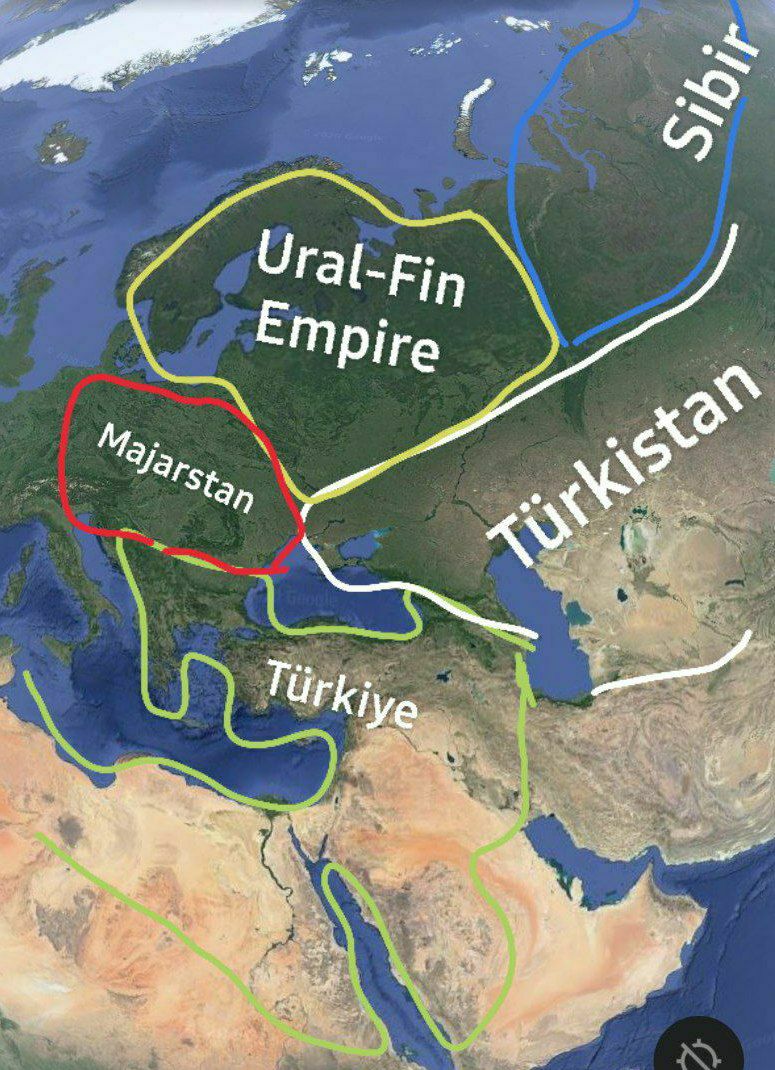a᠌
Size: a a a
2021 February 13
Вот я люблю Бьярмланд и вообще всех кто смог создать новый мир из Европы
Я тоже люблю беармланд
a᠌
Надеюсь они построят новый мир на оьломках рашки
@
Надеюсь они построят новый мир на оьломках рашки
Listen to And One - Unter Meiner Uniform by Angel O'callaghan on #SoundCloud
https://soundcloud.com/angel-ocaluser-802283417/and-one-unter-meiner-uniform?ref=clipboard&p=a&c=0&utm_source=clipboard&utm_medium=text&utm_campaign=social_sharing
https://soundcloud.com/angel-ocaluser-802283417/and-one-unter-meiner-uniform?ref=clipboard&p=a&c=0&utm_source=clipboard&utm_medium=text&utm_campaign=social_sharing
a᠌
Вот меня запомнили как туранида
a᠌
А слово туран
a᠌
Зафорсили между прочим
a᠌
Pan-Turanianism has its roots in the Finnish nationalist Fennophile and Fennoman movement, and in the works of Finnish nationalist and linguist Matthias Alexander Castrén. Castrén conducted more than seven years of fieldwork in western and southern Siberia between 1841 and 1849. His extensive field materials focus on Ob-Ugric, Samoyedic, Ketic, and Turkic languages. He collected valuable ethnographic information, especially on shamanism. Based on his research, he claimed that the Finnic, Ugric, Samoyed, Turkic, Mongolian and Tungusic languages were all of the same 'Altaic family'. He concluded that the Finns originated in Central Asia (in the Altai Mountains), and far from being a small, isolated people, they were part of a larger polity that included such peoples as the Magyars, Turks, Mongols, and so on. Based on his researches, he championed the ideology of pan-Turanism, the belief in the racial unity and the future greatness of the Ural-Altaic peoples. The concept spread from here to the kindred peoples of the Finns. As Castrén put it:
I am determined to show the Finnish nation that we are not a solitary people from the bog, living in isolation from the world and from universal history, but are in fact related to at least one-sixth of mankind. Writing grammars is not my main goal, but without the grammars that goal cannot be attained.[17]
I am determined to show the Finnish nation that we are not a solitary people from the bog, living in isolation from the world and from universal history, but are in fact related to at least one-sixth of mankind. Writing grammars is not my main goal, but without the grammars that goal cannot be attained.[17]
a᠌
Как альтернативную арейцам расу
a᠌
От финов, венгров, тюрков до японии
a᠌
Альтернативная евразия
a᠌
Между арейцами и кетайцами
@
Между арейцами и кетайцами
Чем тебе китайцы не нравятся?
@
Они же уйгуров щимят будь здоров
a᠌
Чем тебе китайцы не нравятся?
Просто они слишком близко, и их слишком много
a᠌
Они же уйгуров щимят будь здоров
Я донатил защитникам Уйгурии дохуя денег
a᠌
Китайцы виноваты в том что они слишком сильные
a᠌
За это их пиздят всем миром
@
Я донатил защитникам Уйгурии дохуя денег
100 тенге?





